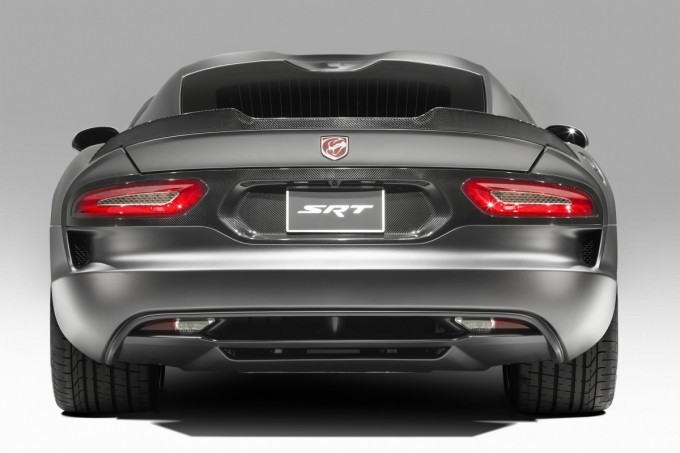
Should you upgrade to wider wheels? This article explains the differences between a regular tire and wider tire. The size and width of your tires will directly determine how your car will handle.
Dry Roads
There is nothing more dry roads love than rubber. If you have the need for speed, then wider tires are for you. The extra traction provided by the wider tires will allow your car to accelerate quicker. The increase in surface area will directly improve stability. The stiffer sidewall will allow you to take sharper corners due to less vehicle roll, while the extra grip will reduce braking distance. The smaller sidewall will also give your car a more low-profile appearance.
Wet Conditions
Although wide tires are great for the summer, they won't perform the best in rainy conditions. If your tires were not meant to handle all weather types or rain, we advise you to adjust your speed, avoid puddles, and drive carefully. There are wide tires made specifically for all weather/rain. These have rain grooves that are efficient in removing water from contact surface.
Drawbacks
There will be a decrease in fuel economy. The larger width of the tire will increase the surface contact with the road/tarmac. The wheels will also generally be heavier than regular wheels. Although this is great for handling, the combination of both will lead to an increase in rolling resistance. To the average person; however, the decrease in fuel economy will be too small to notice. When traveling at a constant speed of 60 miles per hour, the reduction in mileage can be negligible.


